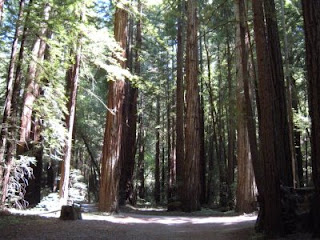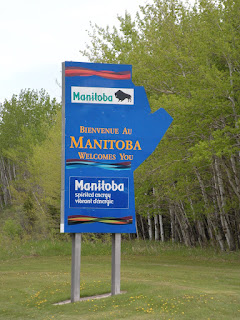I finally gave the paper presentation, Song variation in the Mourning Warbler, at the 127th stated meeting of the American Ornithologists’ Union at the University of Pennsylvania on 13 August, 2009.
The take-home message of my research was that I discovered 4 major regiolects in the breeding range of the Mourning Warbler. A regiolect is similar to a dialect but it occurs on a larger geographic scale (hundreds to thousands of kilometers - see map below). Each regiolect is characterized by 1-3 songs unique to that region (see song types in the previous posting, 14 July). There is also an interesting Hybrid zone in western Ontario where some birds sing hybrid songs. A hybrid song contains a mix of syllables from the western and eastern regiolcets.
Regiolect Map

A second important finding was that the birds were able to discriminate among the song types. They directed more aggression towards their home regiolect versus foreign regiolects (e.g., Western birds more aggressive toward Western songs versus Eastern, Nova Scotia or Newfoundland song types). I have a graph below with the data for several behavior variables I measured during the playback experiments. Many playback experiments on dialect discrimination in other species have produced similar results.
Bar Charts and Sonograms of Focal males used in the experiments

One of the highlights of the meeting was seeing Saint Anselm alum, Dave DesRochers, class of 2000. Dave is a former Biology major from our Department and winner of the Craig C. Hieber award in Biology. Dave is completing his research on conservation of the Hawaiian Moorhen. Dave was co-author on a paper delivered by his advisor and first author on a poster at the meeting’s poster session.
Dave DesRochers and Dr. Jay at the AOU Zoo night (Philadelphia Zoo)

This projected was funded by a Saint Anselm College 2009 summer research grant to Jay Pitocchelli.




















